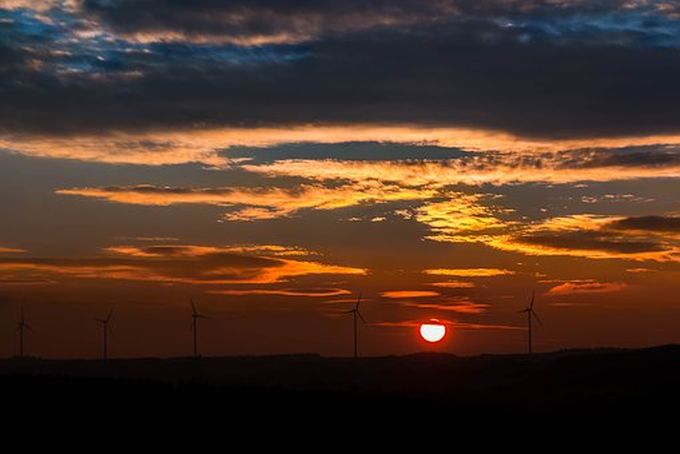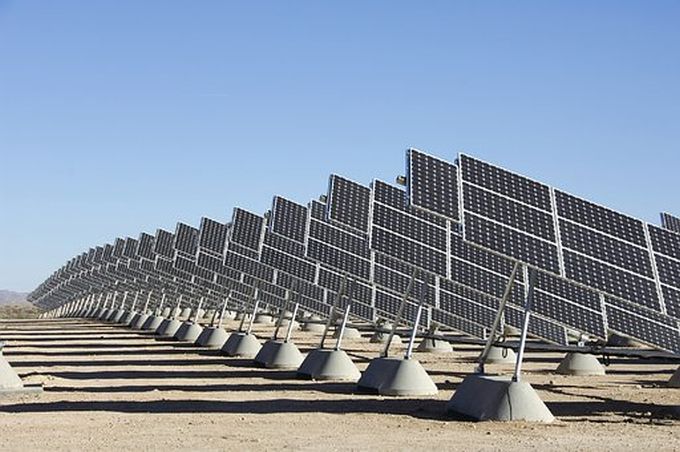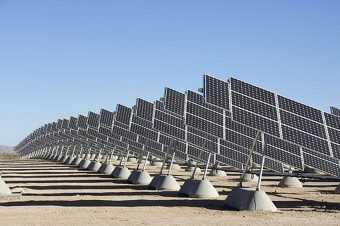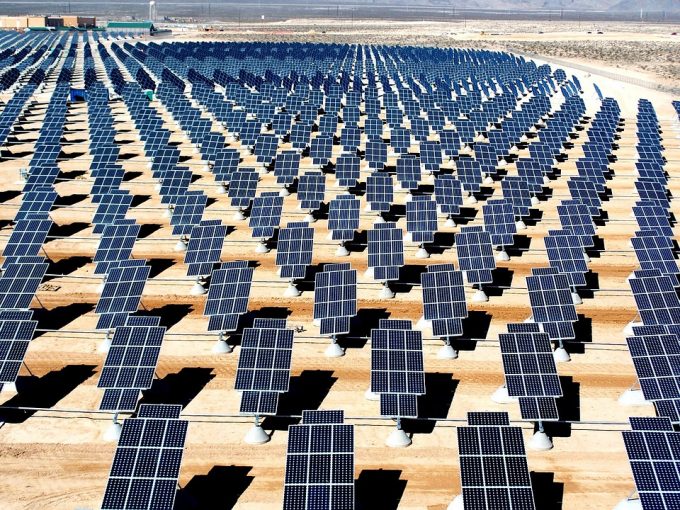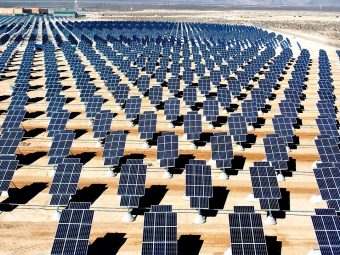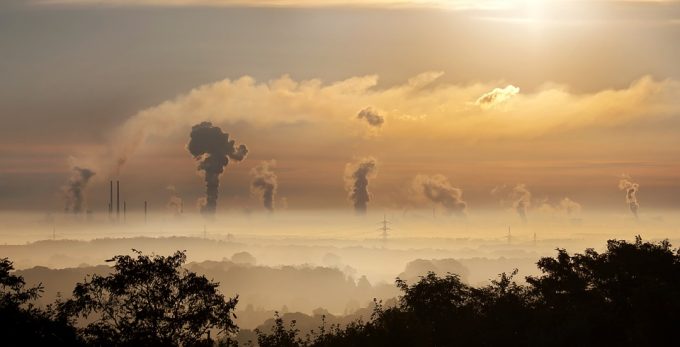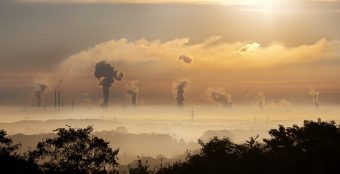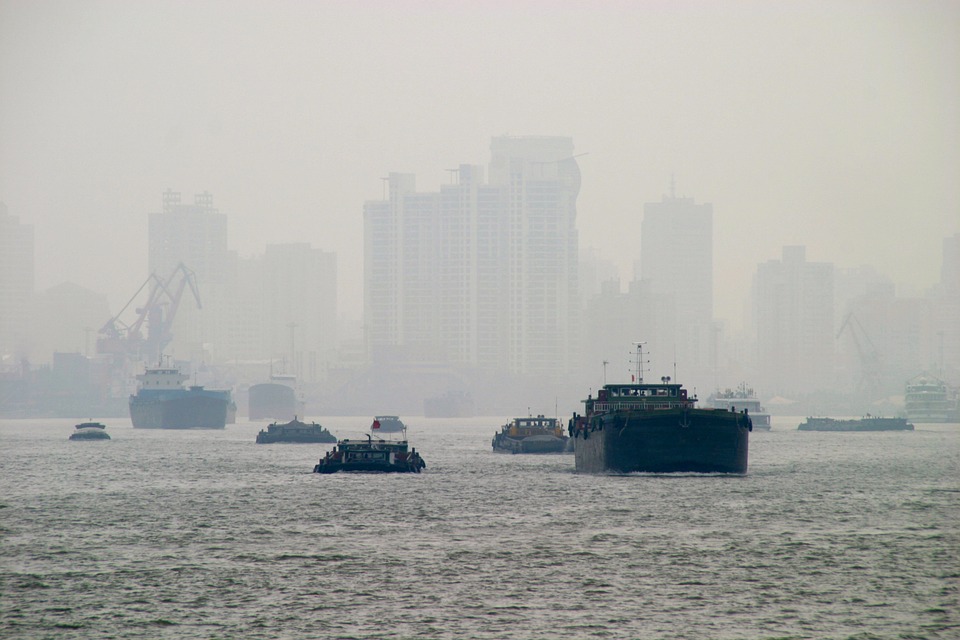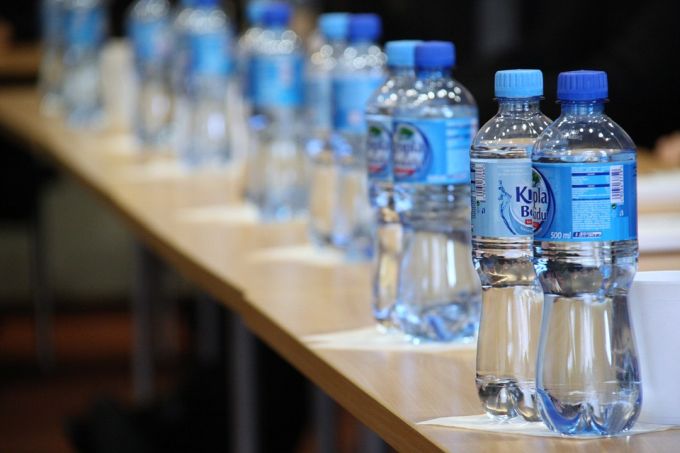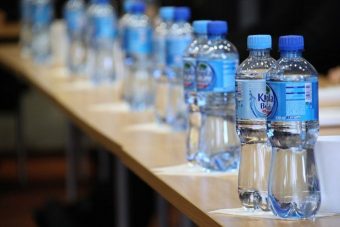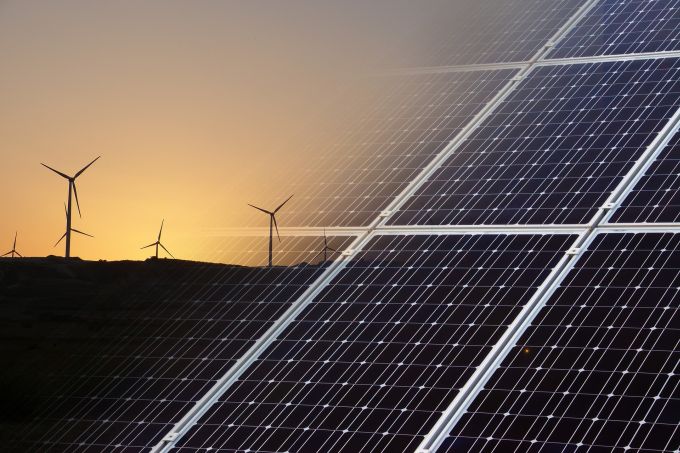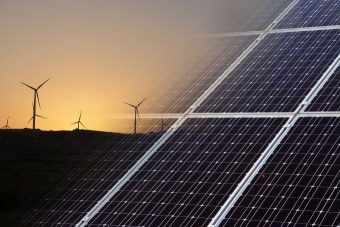
Provisional statistics from the UK Government have confirmed previous analyses that the country’s greenhouse gas emissions have reached levels not seen since 1890, thanks in part to the increase in electricity generation from wind and solar which together now account for the second largest source of electricity.
The UK Department for Business, Energy & Industrial Strategy (BEIS) published a raft of new statistics relating to the country’s energy sector and its greenhouse gas emissions to cap the end of March. Amidst the numerous publications, it was revealed that provisional greenhouse gas emissions for 2017 confirmed previous analysis conducted in early March by Carbon Brief, which claimed UK CO2 emissions hit levels last seen in 1890, thanks to a 2017 emissions decrease of 2.6% and a 19% decline in national coal usage.
Specifically, the BEIS’s provisional figures show that carbon dioxide emissions for 2017 were 366.9 million tonnes (Mt), 3.2% down on 2016. At the end of 2017, UK greenhouse gas emissions were down 43% on a 1990 level baseline.
The decline in 2017 emissions was caused mainly by reductions in the energy supply sector, which were down 7.6% to 8.7 Mt of CO2-equivalent due to a decrease in power station emissions. Leading the way is the country’s dramatic reduction in coal usage, down 28% between 2016 and 2017, and which has resulted in a massive switch to gas and renewable energy supply.
The UK Government’s new statistics also highlight the impressive increase in renewable energy generation. The BEIS concluded that low-carbon generation — including wind, solar, hydro, bioenergy, and nuclear — accounted for around 50% of electricity generation in 2017. Specifically, wind and solar generation overtook nuclear generation in the fourth quarter of 2017 to be the country’s second highest source of electricity for the first time, thanks to increased capacity and higher wind speeds.
Wind in particular had a great year, accounting for 15% of the UK’s electricity demand, its highest ever amount, and up from 11% in 2016. Renewables (low-carbon minus nuclear) accounted for 29.4%, up from 25% in 2016. Onshore wind generated 8.5%, up from 6% in 2016, while offshore wind generated 6.2%, up from 5%. The report noted that “falls in the amount of electricity generated by coal and gas were offset by renewables, primarily wind generation.”
“These official figures confirm that it’s been another record-breaking year for wind energy, which generated 15% of the UK’s electricity in 2017,” said RenewableUK’s Executive Director Emma Pinchbeck. “The move to a smart, renewables-led energy system is well underway.
“The cost of new offshore wind halved in 2017 and onshore wind is already the cheapest of any new power source in the UK. So it’s vital that new onshore wind should be allowed to compete in the market for the sake of consumers.”
Source: cleantechnica.com


